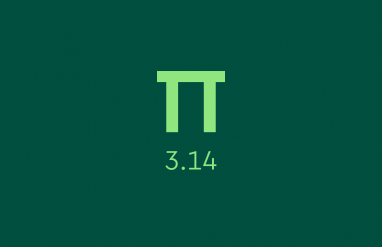 Where would you have lived 200 million years ago? And will your descendants in Los Angeles or Bangkok live in Amasia instead of Asia or North America?
Where would you have lived 200 million years ago? And will your descendants in Los Angeles or Bangkok live in Amasia instead of Asia or North America?
Maybe you’ve heard of Pangaea – the theoretical supercontinent that existed 200–300 million years ago and consisted of all the landmasses pushed together. Coined by Alfred Wegener in 1927, “Pangaea“ means “entire earth” in Greek. Wegener’s theory of continental drift also suggested that Pangaea split into two sub-supercontinents, Gondwana and Laurasia. No, he wasn’t making these words up off the top of his head. Gondwana comes from Sanskrit meaning “forest of the Indians” and refers to the landmasses that became South America, Africa, Australia and Antarctica. Laurasia became North America, Asia and Europe. The word Laurasia came from the name of the core of North America (Laurentia) and Eurasia.
The earth, though, hasn’t stopped moving. Geologists at Yale University predict that Asia and North America will join near the North Pole. Don’t worry – this will not happen in the foreseeable future. Continental drift is slow and steady, and the scientists say this particular shift will occur in 50–200 million years. They are proposing to call this future supercontinent “Amasia”. Learn more at the BBC.
What are continents made of? Cratons are the core of continents. They are the oldest and sturdiest part of landmasses, and their roots (yes, rocks have roots) descend many miles into the Earth’s crust.
How are continents defined? In World Geography, we learned about the seven continents of the world: Europe, Asia, Africa, Australia, Antarctica, North America and South America. Some geologists quibble with the notion that there are seven continents. Perhaps Europe and Asia should actually be one continent (called Eurasia), or others claim, North and South America technically make one continent. However, those are not the prevailing beliefs. The word continent comes from the land phrase, “terra continens,” which meant “continuous land.” Continēnt literally meant “holding together.”
The names of the continents are contentious. Etymologists still haven’t pinned down the particular root for the word “Europe.” It shows up in Greek mythology in the form of a woman, Europa, who seduced Zeus, but its exact origin is uncertain. It has referred to what we know of as Europe, though, for a very long time. The word Asia comes from the Akkadian word “asus” which meant “to go out, to rise” in reference to the sun. So, Asia technically meant “the land where the sunrises.” From the perspective of Europe, Asia is in the direction of where the sun rises. Africa comes from the Latin name, Afri, which referred to people who lived in North Africa. It is unclear what “afri” meant.” Learn how the Americas were named here.
Australia and Antarctica both refer to the geographic positions of the continents in relation to Europe. Australia is derived from the Latin word australis, which meant “southern.” Antarctica simply means “opposite of the Arctic.”
How did the Yellow, Black and Red Seas get their names? Find out here.
Do you have a better name for the future continent? What is it?














